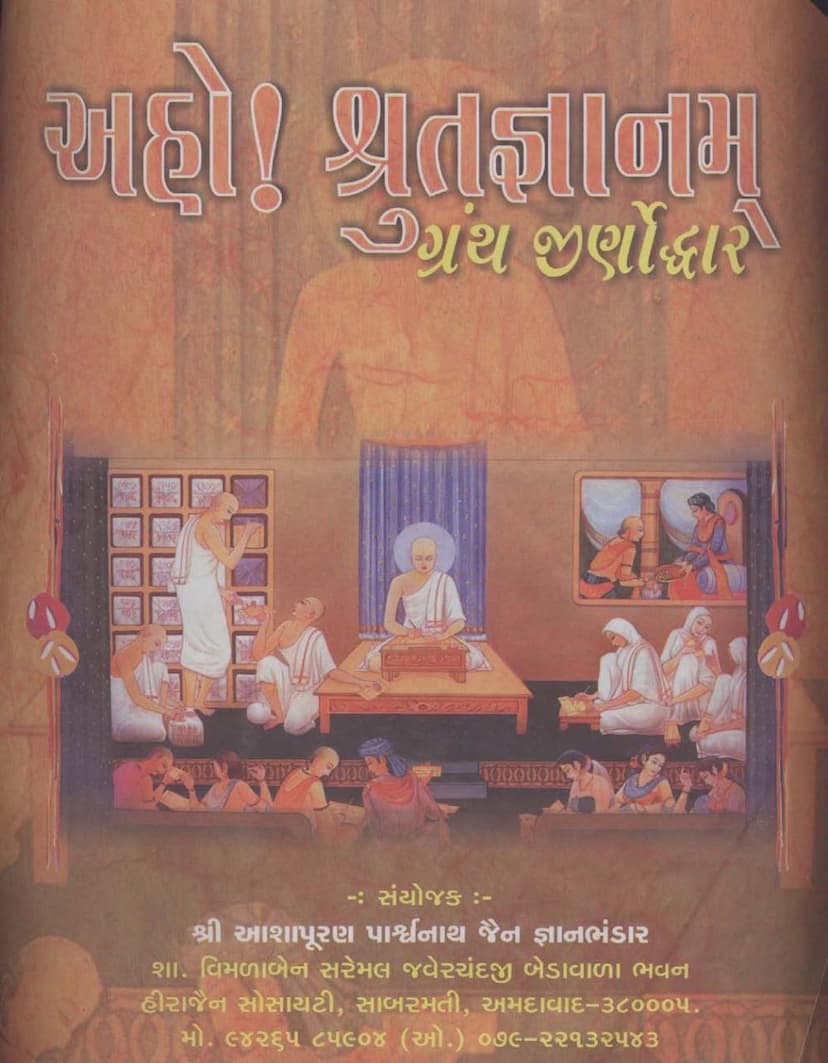Gujratna Aetihasik Lekho Part 1
Added to library: September 1, 2025

Summary
This Jain text, titled Gujratna Aitihasik Lekho Part 1 (Historical Writings of Gujarat Part 1), authored by Girjashankar Vallabh Acharya and published by Forbes Gujarati Sabha, is a compilation of historical inscriptions and writings related to Gujarat.
The provided text includes 126 entries, detailing various historical documents, inscriptions, and treatises, primarily focused on the history and culture of Gujarat. The collection spans a wide range of topics, including:
- Ancient Indian History: The inscriptions of Emperor Ashoka are extensively covered, detailing his edicts on morality, governance, and the welfare of people and animals.
- Dynastic Records: The text includes inscriptions and copper plates from various dynasties that ruled Gujarat, such as the Mauryas, Kshatraps, Guptas, Vallabhis, and Chalukyas. It provides details on their rulers, reigns, and administrative activities.
- Architectural and Artistic Treatises: Several works related to Shilpa Shastra (the science of architecture and arts) are listed, including texts on building principles, temple design, and artistic motifs. Examples include "Shilpa Ratnam," "Prasad Tilak," and "Vastu Vidya."
- Religious and Philosophical Works: The compilation also includes Jain philosophical treatises and commentaries on important Jain scriptures, such as the "Nandi Sutra Churni," "Uttaraadhyayan Sutra Churni," and works on Syadvada and Jain logic.
- Historical Accounts and Literature: Various historical accounts, compilations of inscriptions, and literary works are included, offering insights into the historical events and cultural heritage of Gujarat.
The book serves as a valuable resource for scholars and researchers interested in the ancient history, epigraphy, art, architecture, and religious literature of Gujarat, particularly within the Jain tradition. The preface highlights the challenges faced in compiling this work, including periods of ill health and unforeseen circumstances that affected the author's progress, but ultimately expresses gratitude for its completion. The text also emphasizes the importance of preserving these ancient writings for future generations.